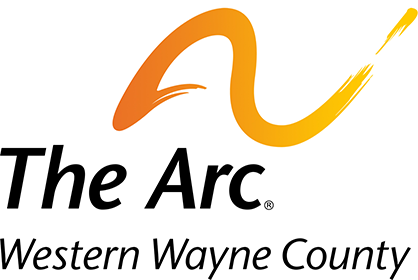Helpline Resource
Online and Automated Telephone Service
What is Childhood Lead Poisoning?
Lead Poisoning is one of the most common environmental child health problems facing children in the United States and is caused by too much lead in the body. Lead poisoning affects three to four million young children, one in six under the age of six. Lead is especially harmful to children younger than 6 years of age, but anyone, who eats drinks or breathes something which has too much lead can get lead poisoning.
Large amounts of lead in children’s blood can cause brain damage, mental retardation, behavior problems, anemia, liver and kidney damage, hearing loss, hyperactivity, developmental delays, other physical and mental problems, and in extreme cases, death.
Unlike many environmental health problems, lead contamination is often found at home, in paint, house dust, drinking water and soil. A blood test is the only way to find out if a child has too much lead. The Center for Disease Control and Prevention recommends testing every child at 12 months, and if resources allow, at 24 months. Screening should start at 6 months if the child is at risk of lead exposure, for example if a child lives in a home built before 1960 which has peeling or chipping paint.
For more information please contact the National Lead Information Center at 800-532-3394, or visit them online at Lead | US EPA
Phone code: 1714
Large amounts of lead in children’s blood can cause brain damage, mental retardation, behavior problems, anemia, liver and kidney damage, hearing loss, hyperactivity, developmental delays, other physical and mental problems, and in extreme cases, death.
Unlike many environmental health problems, lead contamination is often found at home, in paint, house dust, drinking water and soil. A blood test is the only way to find out if a child has too much lead. The Center for Disease Control and Prevention recommends testing every child at 12 months, and if resources allow, at 24 months. Screening should start at 6 months if the child is at risk of lead exposure, for example if a child lives in a home built before 1960 which has peeling or chipping paint.
For more information please contact the National Lead Information Center at 800-532-3394, or visit them online at Lead | US EPA
Phone code: 1714

